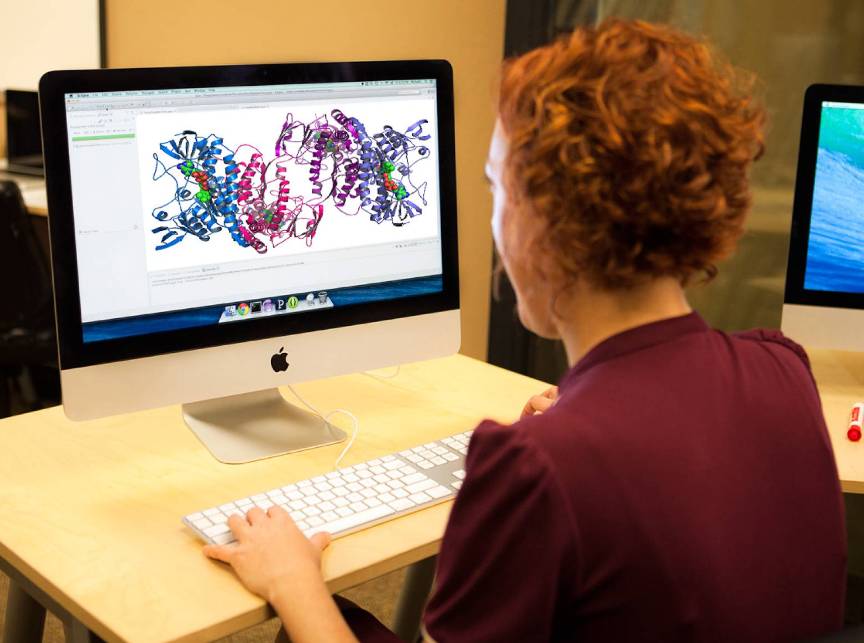How many times does a user see his or her mobile phone at the end of the day? A study revealed the figure and of course it is shocking: it is estimated that a user touches the screen of his smartphone an average of 2,617 times at the end of the day. The figure may seem excessive, but gives us an idea of how important this device has become in our day to day, and seeing the intensity of use, a change in habits can have a great impact on the time we spend. Undoubtedly, as almost all users lose much time is looking for and opening apps on mobile: if a message on Facebook, then keep an eye on the web, and then make a call … In the dance of apps many seconds go by unless we have everything well organized.
![]()
Mobile manufacturers and their operating systems are well aware of this problem and try their best to find simple solutions and interfaces for the user. While researching and advancing in other systems of relationship with the user (such as voice assistants), the optimal solution seems to be the one proposed by Apple in its original iPhone: a series of icons spread over the touch screen and that the user organizes to their liking or convenience. And this is where this freedom can lead to a considerable saving or loss of time for the user. How to organize the applications on the mobile screen?
The perfect organization of the homescreen
The truth is that the way in which applications are distributed can save us or on the contrary make us lose a lot of time. Who does not see himself frequently sliding the screen with his fingers looking for that particular application? How many times do we turn to the search engine for it? In this field, the freedom for the user is total and the worst of the matter is that there is no masterful organization that serves everyone equally; however, there are criteria that each user can apply to their convenience depending on the use of the mobile.
The main screen and the dock
Regardless of the criteria that are used to organize the icons, the main screen and the dock should always be dedicated to those applications that are used more frequently, as a matter of pure logic. The access to the home and the dock (the lower icon bar of the main screen) is immediate as soon as the mobile is unlocked and here every second counts.
Organization by categories
With the arrival of the app stores, initially the apps catalog was very short, but with the emergence of the same now the number of icons available on the mobile screen seems endless. This proliferation is a problem for organizational purposes and developers have greatly facilitated things with the possibility of creating folders. One way to organize the icons is, in this way, thematic: respecting the maximum of the main screen that we have pointed out, this organization system proposes to gather the applications by content (music, banks, games, etc.). The main drawback of this system is that you have to be very disciplined when organizing folders and have a good memory to locate your grouping and location.
Organization by frequency of use
Another possibility that many owners choose is to distribute the apps by frequency of use: those closest to the main screen will be the most used, while the least used will be relegated to subsequent screens. The great disadvantage of this criterion is that sooner or later our mobile ends up being a drawer in which in the end we are forced to use the search engine 90% of the time.
Organization by colors
Oddly enough, organizing the applications by the color of their icons can be tremendously effective if we are scrupulously disciplined and have a photographic memory (or rather, chromatic). The principle of this system lies in grouping the applications by the color of their icons (Facebook and Twitter, for example, they would go in a folder), and in this way access the applications quickly if we remember, logically, the color of each application. This system offers a great speed of access to the apps, but only for those users with a great discipline when it comes to organizing icons and good memory remembering their colors.
Leave spaces and visual cleaning
Although it is not an organization method exactly, you can gain access speed by keeping spaces and gaps in successive screens and without fear of adding new ones. The cleaning of the interface will make the location and access to the applications considerably faster.



